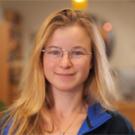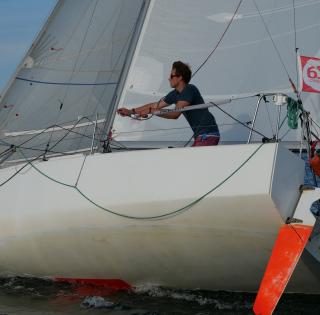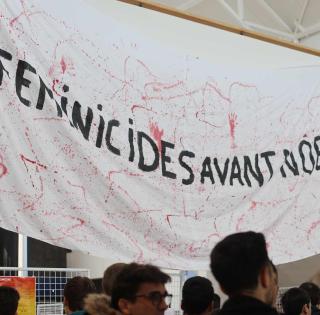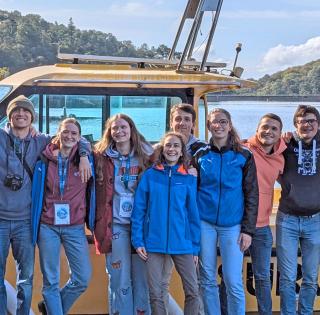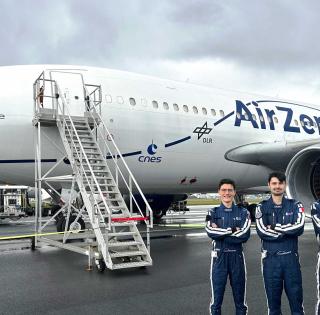

How do you organize work within the club?
We meet each week to work on the vehicle. Everyone does what they want, according to their likes. There's no hierarchy, and we work in a calm, friendly atmosphere with the common goal of getting our prototype to cover the greatest distance with the least possible amount of energy.
In mid-May, you took part in the Albi Eco Race. How did it go?
On site, while we were confronted with bad weather, we did manage to validate 1 stage out of 3, which involved maintaining an average speed over 5 laps. Although we were somewhat stressed, we were proud of our performance, as we were the only team made up entirely of students.
What's more, our prototype was able to cover a distance of over 25km, which had never been achieved before.

Can you tell us about the Shell Eco Marathon Challenge?
At the end of May, we went to the Paul Armagnac circuit in Nogaro to take part in the Shell Eco Marathon, an international competition that invites students to design vehicles with the aim of covering a certain distance using as little energy as possible.
At the school, in the run-up to the race and throughout the year, we had undertaken a number of changes to our prototype, in particular to the brakes, the Plexiglas and the printed-circuit board. We had tested the vehicle on the athletics track and everything worked perfectly.
The first step was to test our vehicle's roadworthiness to ensure its safety and conformity, which we did without any problems.
Unfortunately, we encountered technical problems with the device measuring energy consumption, supplied by the race management. And after discussions with the organization to try and find a solution, we carried out a number of tests to enable the vehicle to run. However, after several days of hard work, we were not able to make the final rankings.

What lessons did you learn from these two races?
We learned a lot about our technical skills and our ability to work under pressure and find solutions on our own. If we had to give one piece of advice to future participants, it would be to take a step back from certain situations in order to keep a clear head and make the best decisions.
This experience also enabled us to meet interesting people. We met participants from all over the world, and it was great to add an international dimension to the project. We had the pleasure of making friends with a group of students from ESILV’s Vinci center in Paris La Défense, and together we plan to work on our respective vehicles and give each other advice.
What are your future projects?
We have already started work on a new printed-circuit board with a much simpler operating principle. Repairs to the hood and engine are also planned.
At the same time, we are continuing work on the Urban Concept: a small vehicle for city dwellers. It's a huge undertaking! We've currently begun the first mockups.







